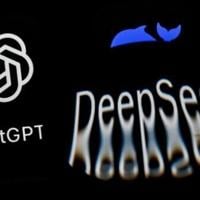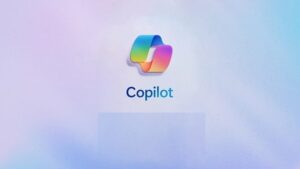OpenAI Releases BrowseComp: A Novel Benchmark for Evaluating AI Agents’ Web Browsing Capabilities

OpenAI Opens Up New Possibilities with BrowseComp
OpenAI, known for its innovative advancements in artificial intelligence, has recently introduced a new benchmarking tool called BrowseComp. This new resource is designed to measure the ability of AI agents to search the web effectively. By open-sourcing BrowseComp, OpenAI aims to enable developers, researchers, and enthusiasts to engage with web-browsing AI in ways that were not previously possible.
Understanding BrowseComp
What is BrowseComp?
BrowseComp is a specialized benchmark that assesses how well AI agents can navigate and gather information from the internet. It offers a standardized method for evaluating several critical capabilities, including:
- Information Retrieval: The ability to find relevant information from various online sources.
- Understanding Context: The skill of comprehending and processing the context of web pages.
- Task Completion: Evaluating how successfully an AI can accomplish tasks based on online research.
How Does It Work?
BrowseComp involves a collection of tasks that simulate real-world browsing scenarios. Each task requires the AI agent to complete certain objectives by utilizing its web-browsing skills. As tasks vary in complexity, BrowseComp offers a well-rounded assessment of an AI’s browsing abilities.
The Importance of Benchmarking AI Browsing Capabilities
Why Benchmarking Matters
Benchmarking is essential in the field of AI for several reasons:
- Standardization: It allows for uniform measurements across different AI models and approaches.
- Comparison: Researchers can compare and understand the strengths and weaknesses of different AI systems.
- Progress Tracking: Continuous benchmarking helps track improvements and innovations over time.
By open-sourcing BrowseComp, OpenAI is providing the tools necessary to facilitate systematic exploration in AI research.
Benefits of Open Sourcing BrowseComp
Encouragement for Developers
One of the main goals of releasing BrowseComp as an open-source tool is to encourage broader participation in AI research and development. Here are a few benefits aimed at developers:
- Accessibility: Developers of all experience levels can access and experiment with BrowseComp to test their AI agents’ browsing capabilities.
- Collaboration: Open source fosters a collaborative environment, allowing multiple contributors to improve upon the initial benchmark.
- Innovation: By utilizing BrowseComp, developers can create more advanced AI applications that can interact intelligently with web content.
Implications for Research and Industry
The introduction of this benchmark is not only significant for developers, but also for researchers and industries looking to leverage AI capabilities:
- Enhanced Understanding: Researchers can learn how different architectures perform in real-world scenarios, promoting better understanding of AI’s interaction with the web.
- Application in Various Fields: Industries ranging from marketing to information technology can benefit from refined AI that understands and utilizes web content effectively.
Future of AI Browsing Capabilities
The release of BrowseComp signals a promising future for AI technologies that rely on the internet for information. As developers explore this tool, it can lead to improved algorithms that understand human-like browsing behaviors.
The potential applications are vast, including digital assistants that can perform tasks based on real-time web searches, chatbots that provide instant information based on user queries, and much more. As AI agents become increasingly equipped to navigate the web, tasks that were once time-consuming for humans may soon be handled seamlessly and efficiently.
In summary, OpenAI’s BrowseComp represents a significant step forward in assessing and enhancing the capabilities of AI agents in web browsing. With its open-source nature, it offers numerous benefits for developers, researchers, and industries by facilitating greater understanding and innovation in the realm of artificial intelligence.






